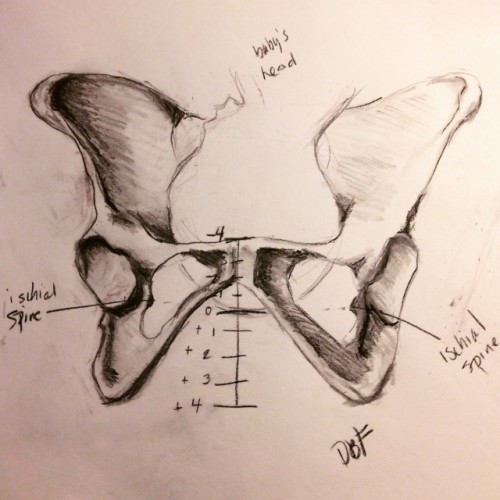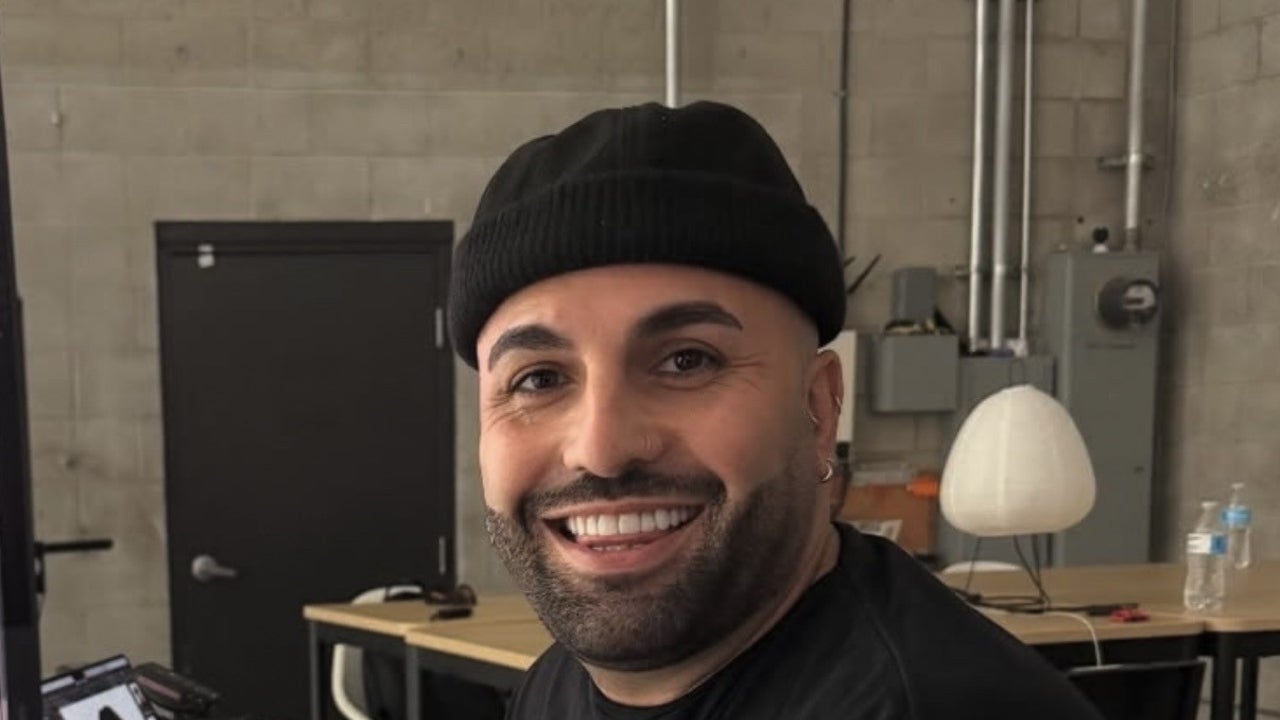Decluttering Negative Thoughts for a Positive Future
When you picture the word “clutter” what do you see? Stacks of papers? Too many items on a small counter top? Something else? Learning to cope with this kind of clutter is important, but it’s only one piece of...


When you picture the word “clutter” what do you see? Stacks of papers? Too many items on a small counter top? Something else?
Learning to cope with this kind of clutter is important, but it’s only one piece of the puzzle. Overcoming clutter requires that we look not only out at our surroundings, but inward at our thoughts.
I’ve heard it said that when a layperson eats rice they think of their cares and all of the worrying tasks of the day ahead, but when monks eat rice, they only think of eating rice. They have practiced becoming attuned to their surroundings, taking in each moment, instead of living in the past or future.
But it’s not just too many thoughts that’s the problem, it’s how we let our thoughts affect us.
Just as we can’t place two objects in the same spot at once, we can’t think two thoughts at the same time. And while it is very difficult to control what kinds of thoughts will spontaneously arise, we do have control over whether we believe the thoughts, as well as control over our actions.
Through practicing some form of thought observation, like meditation, mindfulness, or just sitting quietly, we can gain insight into how our brains work. We can learn to slow a flood of worries, contextualize our past experiences, stop comparing ourselves to others, and stop chasing so many material possessions.
And by intentionally acknowledging our thoughts of worry, and letting them go, we can look past them and focus on the moment at hand.
Having a thought isn’t the same as buying into the thought. Or, as Martin Luther once said it, “You cannot keep birds from flying over your head, but you can keep them from building a nest in your hair.”
You can treat your troublesome thoughts with the gentleness you would treat a child’s worries. Tell your mind, “Thank you for this thought, we’ll come back to it later if we need to.”
It is also helpful to intentionally make time to think positive thoughts, to practice looking for the silver lining, to choose happiness. At first, it might feel phony if you’re not an optimist, but practicing gratitude can make a huge difference in how you see your life.
Start with a small step. Set an alarm for the same time each day for the next two days. Choose a time when you are the least likely to have distractions. When the alarm sounds, set a timer and spend just 2 minutes quietly reflecting on things you are grateful for. If you find the practice beneficial, incorporate it into your daily routine more often.
They don’t have to be big things, and you can repeat the same things. If you find your thoughts drifting somewhere else, don’t beat yourself up, just gently get back on track.
We can work toward a more positive future by overcoming our negative thoughts one day at a time.
***
About the Author: Gabriella Hileman is an artist and creative producer living in the Southwest with her husband, son and parrot.

 Aliver
Aliver 
































